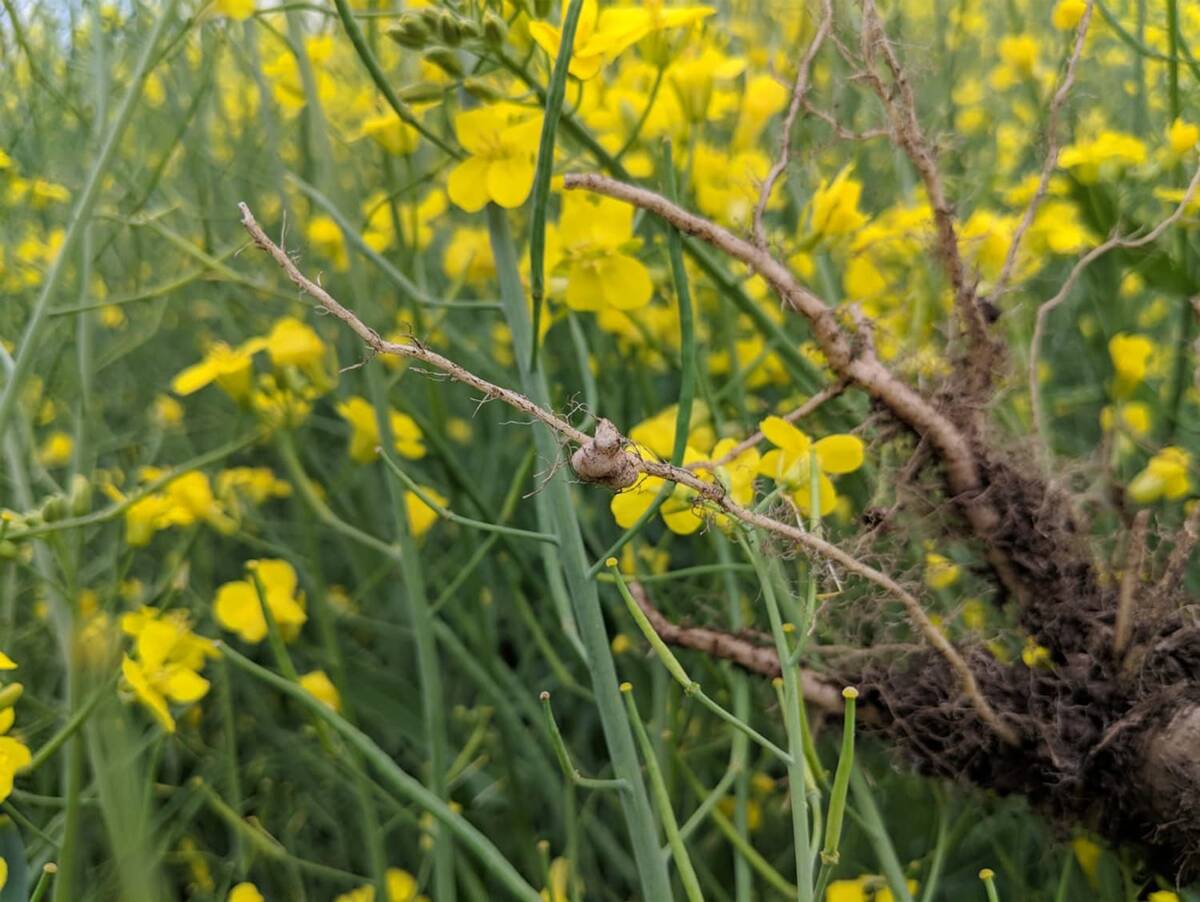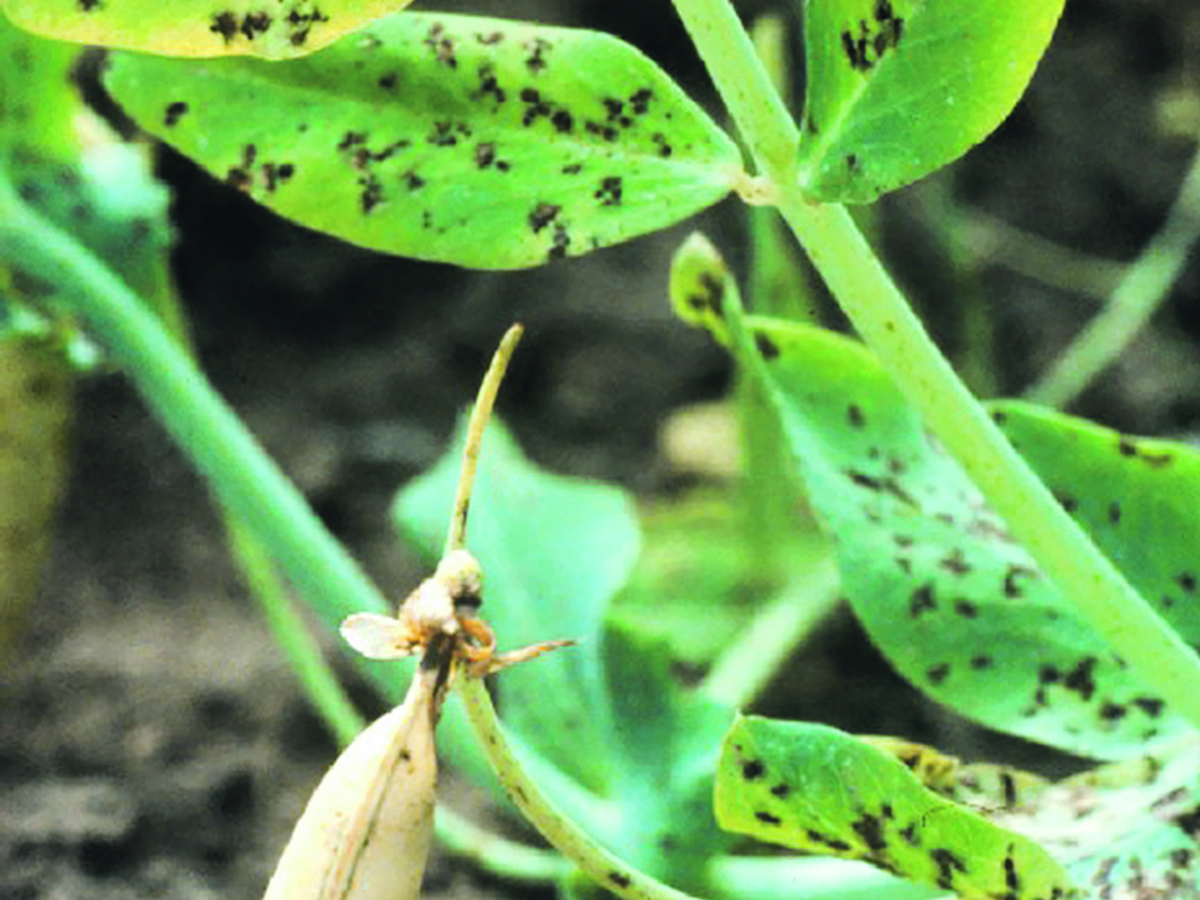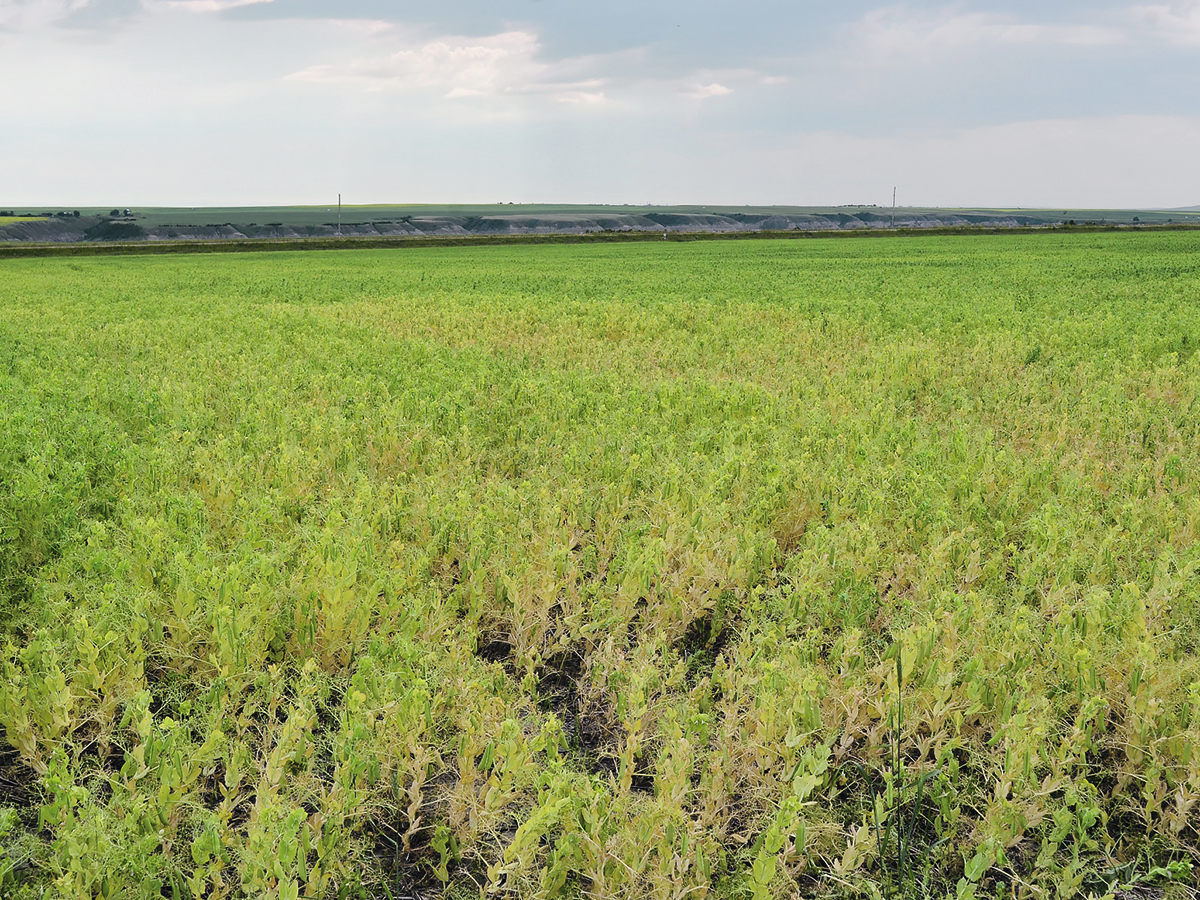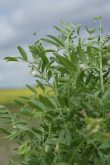Prevalence, incidence and severity numbers must all be taken into account to determine how much worry a disease should prompt
This year’s growing conditions threw many challenges at producers, one of the biggest being crop disease. Pulses and canola were hit hard, seeing high numbers of fields with disease across Saskatchewan.
Root rot and blackleg had an average of more than 90 per cent prevalence, while mychosphaerella/ascochyta complex and anthracnose weren’t far behind.
Alireza Akhavan, Saskatchewan’s provincial plant disease specialist, shared the key numbers from this year’s pulse and canola disease reports during the Agronomy Research Update in Saskatoon last month. He and his team performed surveys and analyzed crops across the province, beginning in mid-July.
Read Also

Going beyond “Resistant” on crop seed labels
Variety resistance is getting more specific on crop disease pathogens, but that information must be conveyed in a way that actually helps producers make rotation decisions.
He said the prevalence, incidence and severity numbers are all indicative of how much worry a disease prompts.
Prevalence is the number of fields with disease, incidence is the average number of diseased plants in each field and severity is the proportion of a plant that has the disease.
“So, if you want to know if a disease was a deep disease, or if a disease was not a big deal, you should consider all these together,” he said.
“Remember that if you find a small spot on a small leaf, but you find it in 100 per cent of all your fields, the prevalence is 100 per cent. So you should also look at incidence and severity before judging if the disease was big or small.”
In total, 105 pulse fields were surveyed: 55 of lentils, 40 of field peas and 10 irrigated fields of dry beans. The survey method was the same for each, with five sites in a “W” pattern across the field and 10 plants selected within each site.

The most prevalent disease in lentils was anthracnose, which hasn’t been this high since 2020, Akhavan said.
It was identified in 85 per cent of surveyed fields, with an overall incidence of 38 per cent and severity of 0.6 out of five. Severity is scaled from zero to five in this case, with zero meaning no lesions and one indicating up to five per cent of plant area being diseased.
The highest disease numbers were in the east-central, west-central, northwestern and southwestern regions of the province.
Root rot in lentils was also present in 85 per cent of crops, with high incidence at 41 per cent and a severity rating of 1.7 out of seven. Root rot’s severity scale begins at one, meaning no lesions. Two means small lesions of less than one centimetre near seed attachment.
Field peas had the highest disease prevalence.
In the 40 surveyed fields, mycosphaerella/ascochyta complex presented in 95 per cent and root rot complex presented in 90 per cent.
Northwestern Saskatchewan was the only region without a high prevalence of mycosphaerella, while root rot was found in every tested site in the southeastern, east-central and northeastern regions.
“We found it (root rot) in 90 per cent of fields, average incidence 57 per cent across the province, which is quite a high number. And severity 2.2,” he said of pea root rot.
“So, a higher number compared to lentil.”
The other disease of interest for Akhavan was downey mildew, which was present in all tested fields in the east-central and northeastern regions.
“Very interestingly, downey mildew was way higher than last year. We didn’t expect that,” he said.
“It was prevalent in 60 per cent of fields, with average incidence of 23 per cent. Perhaps it is just because it loves moisture, but the numbers are much, much, much higher than last year.”
The dry bean survey was a smaller sample, but bacterial blight complex still had a 100 per cent prevalence and 66 per cent incidence. Bacterial brown spot was found in seven of 10 fields, common bacterial blight in six and halo blight in three.
Athracnose was observed in 50 per cent of the crops, but with low incidence at five per cent.
Root rot was lowest in dry beans, coming up at only 30 per cent and with a low severity rating of 1.1.
The canola survey dwarfed the pulses, nearly doubling the amount of fields surveyed, at 208 across the province. Between Aug. 5 and Sept. 26, Akhavan and his team used the same survey strategy as pulses but upped the game by five test sites per field and 20 plants per test site.
“Blackleg scared us this year,” said Akhavan.
It had a prevalence of 92 per cent, a jump from the 70 per cent in previous years. It had a 90 per cent or higher prevalence in all regions except the southwest, which was 68 per cent.
Stem lesions were assessed separately and had an average prevalence of 50 per cent.
“These are an all-time high for incidence and, as far as I know, perhaps also for prevalence, because blackleg enjoyed the environment we had in early spring. (It became) very well established in the province through the year.”
Overall incidence was 23 per cent, and it was 25 per cent in infected crops. Akhavan said this is double from 2023. Severity also doubled.
Sclerotinia was also a concern in canola, which presented in 56 per cent of the crop. The highest amounts were found in the northeastern region
“This year for sclerotinia, we had higher prevalence, higher incidence (and) higher severity compared to last year.”


















